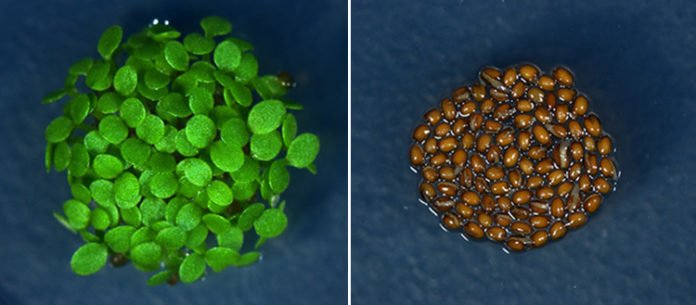The seeds can block germination if the environmental conditions are unfavorable. But what happens when they are confronted with dangerous organisms within the surrounding soil?
Scientists at the University of Geneva have now found the answer on it. They identified the impact of Pseudomonas aeruginosa, a bacterium that can be pathogenic to both plants and animals, including humans. They also observed a toxin produced by this bacterium, called AMB, which causes the seeds to block germination without killing the plant.
It is therefore likely that, over the course of evolution, the seeds were able to use AMB, a signal emitted by bacteria to coordinate their infection strategies, to protect their own species.
Luis Lopez-Molina, professor at the Department of Botany and Plant Biology of the UNIGE Faculty of Science said, “The control of seed germination by such biotic factors is poorly understood. Therefore, we decided to study this aspect using Pseudomonas aeruginosa, a ubiquitous bacterium that attacks many plants, including Arabidopsis thaliana, a model organism used in laboratories.”
Hicham Chahtane, first author of the study said, “AMB is one of the factors produced by P. aeruginosa when these bacteria reach a high density and need to coordinate the expression of their virulence and resistance factors for maximum infection. The plants, therefore, seem to have developed their own defense strategy, thanks to the ability of the seeds to perceive a bacterial signal and to respond to it by maintaining their dormant state. When the threat disappears, these same seeds germinate and develop into healthy seedlings.”
Luis Lopez-Molina said, “We demonstrate now that AMB activates the same cellular messengers, in this case, those who participate in the dialogue between the embryo and its envelope, an organ capable of actively controlling germination. The identification of abiotic compound modulating this specific pathway expands the range of environmental factors capable of eliciting similar responses in response to various types of stress.”
In other words, the study suggests that the genes are responsible for the production of AMB. They also play a key role in humans infected with P. aeruginosa, as their activation has been demonstrated in patients with cystic fibrosis or keratitis.
The paper is published in the journal eLife.
